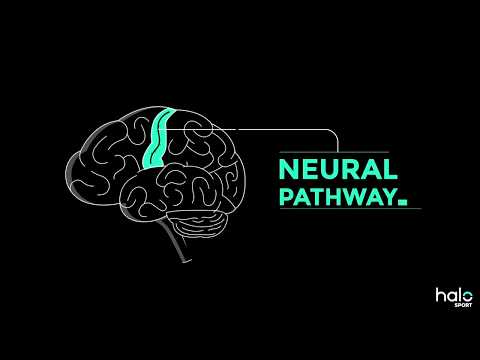NEUROSCIENCE and EFL
According to the evidences that stem from the massive amount of research, it seems clear that the neuroscience of learning has come to stay as an expanding field in EFL. As a consequence, modern EFL strategies should go through the understanding, evaluation and application of techniques that increase and maintain a taste for learning a second language. A prime example is functional neuroimaging, which provides teachers with new perspectives on how new knowledge can be presented, for example linking new information with already existing one in students´ stored memory, facilitating the patterning system. That said, EFL teachers must develop awareness of the massive potential of neuroplasticity in order to increase HOTS (high order thinking skills), making long-term memory and transference of knowledge more likely to naturally occur.
Indeed, one of the cornerstones of neuroscience has to do with changing the brain, as for optimal learning to take place children´s brains need certain conditions upon which the change occurs as a response to stimuli (neuroplasticity); and eventually lead those brains to produce new neuronal connections (neurogenesis). Obviously, it is not the intention of this article to delve into the complex neurological processes, but to analyze feasible approaches to incorporate neuroscience in daily teaching practice.
Curtis Kelly (2017) refers to several keys to incorporate neuroscience in real practice: how learning, memory and attention work, the role of sleep, embodied simulation, the power of stories, the need for movement, and also moderate stress as a teaching tool. In Curtis´ words “In our particular field, language learning, the potential neuroscience offers is even greater. How can we understand the complex neurological processes of “language” or “learning,” without it? The traditional sciences, Linguistics and Psychology, have tried, but only through speculation on what can be seen from the outside. Neuroscience takes us inside, and in addition to unraveling these mysteries, provides us with insights on many more: attention, motivation, engagement, developmental change, logical processing, emotion, sensory input, character formation, learning disorders, and so on.”
Nevertheless, applying neuroscience does not mean a radical shift, since plenty of concepts revolve around supportive techniques and strategies already accepted by the teaching community, like increasing attention through personalization or the consideration of novelty and sense of humor, amongst others.
Another interesting contribution of neuroscience is related to “neuromyths”, or ideas that have been taken for granted for so long, although these notions are based on few or too old fashion research. Some of these neuromyths are: “A child should learn one language before learning another”, “emotions and logic are separate” or “The brain is made of areas that have specific single functions, such as the “pleasure center.”
The idea of the ESL teachers “performing” for their students to learn is no longer sustainable under the evidence that those little brains learn much more and faster if they are directly involved in doing, making and practicing in appealing scenarios. As previously said this is not exactly new; however, the contributions of neuroscience of learning tell us the right direction.
Bibliography
The Brain Studies Boom: Using Neuroscience in ESL/EFL Teacher Training, by Curtis Kelly In «Innovative Practices in Language Teacher Education: Spanning the Spectrum from Intra- to Interpersonal Professional Development» (Springer, 2017)
Video: https://www.youtube.com/watch?v=_nWMP68DqHE&t=68s by
Halo Neuroscience




